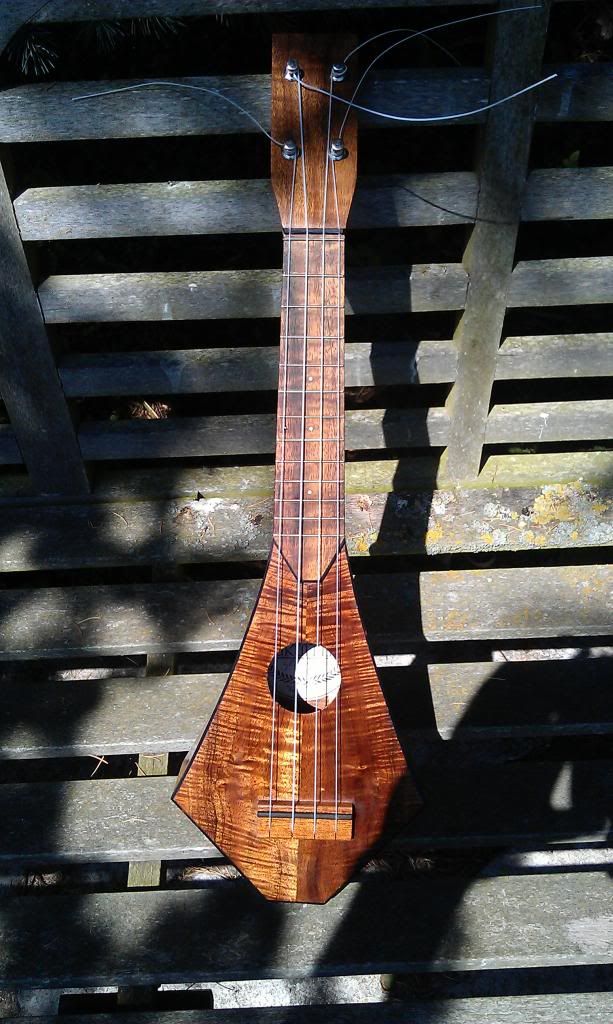LFS19
Established Member
I'm struggling to find a good way to join thin pieces of wood.
The only way I seem to be able to do it is a butt joint, which I know is inherently weak, so I'm looking for other ways.
The wood is about a quarter inch thick, and about one and a half inches wide.
Every way I'd usually join two pieces of wood isn't working for thinner pieces.
I don't have clamps to glue a miter, nor the equipment to efficiently cut one, and it's too small to pass along the routers fence without falling through if I wanted to do a rebate.
Using hand tools isn't any better, either, as the wood cracks and I'm not skilled enough to get everything square if I were to try a rebate using it.
Even cutting it is a job.
The circular saw is too cumbersome to use on a small piece like that, the band saw has always been hit and miss because of the blade drift so I rarely ever use it, and again, hand tools I'm just not proficient enough in yet to be able to get it square.
Any tips?
Thanks allot!
The only way I seem to be able to do it is a butt joint, which I know is inherently weak, so I'm looking for other ways.
The wood is about a quarter inch thick, and about one and a half inches wide.
Every way I'd usually join two pieces of wood isn't working for thinner pieces.
I don't have clamps to glue a miter, nor the equipment to efficiently cut one, and it's too small to pass along the routers fence without falling through if I wanted to do a rebate.
Using hand tools isn't any better, either, as the wood cracks and I'm not skilled enough to get everything square if I were to try a rebate using it.
Even cutting it is a job.
The circular saw is too cumbersome to use on a small piece like that, the band saw has always been hit and miss because of the blade drift so I rarely ever use it, and again, hand tools I'm just not proficient enough in yet to be able to get it square.
Any tips?
Thanks allot!



































